PLAYstudio
Vicente Iborra Pallarés (ES)
Iván Capdevila Castellanos (ES)
PLAYstudio
Iván Capdevila Castellanos (ES), architect
Collaborators: J. Campoy, F. Colom, A. Fernández, D. Gil,
J. A. Gras, A. Melgarejo, S. Mirón, T. Poggi Plaza Calvo Sotelo nº3, 8ºA, 03003 Alicante – España
+34 965 923 392 – to@playstudio.es
www.playstudio.es –www.morethangreen.es
PLAYstudio on Facebook, Twitter, Pinterest, Vimeo & Youtube
More than green on Facebook & Twitter
Linkedin - V. Iborra Pallarés – I. Capdevila Castellanos

I. Capdevila Castellanos & V. Iborra Pallarés
When did you win Europan? On which sites and in which countries? How was the team formed by then? Please describe the main ideas of your projects?
3x1. 3 stories, 3 projects.
We have won Europan in 3 different editions: E7 in Wien (Austria, 2003) and E8 & E13 in Stavanger (Norway, 2005 & 2013). PLAYstudio (Vicente Iborra + Iván Capdevila) has been present in these 3 projects (Javier Yáñez / YES studio also participated as an author for E7 and E8) and we completed the teams with different profiles of architects or students in architecture, most of them from the University of Alicante.
Although the 3 projects are completely different, all of them address the same key topic: cultural sustainability.
E7, Wien (AT) – "Fallow land"
Team: Vicente Iborra Pallarés, Iván Capdevila Castellanos, Javier Lorenzo Yáñez Molina
In the case of Wien, importing an agricultural pattern to create urban life in an outskirt suburb.
E8, Stavanger (NO) – "Beyond the horizon"
Team: Vicente Iborra Pallarés, Iván Capdevila Castellanos, Javier Lorenzo Yáñez Molina
In the case of Stavanger for E8, re-using the existing industrial scale and the former canning industry to provide an identity for the Lervig area.
E13, Stavanger (NO) – "FORUS LABing"
Team: Vicente Iborra Pallarés, Iván Capdevila Castellanos
In the case of Forus (E13) –a technology park between Stavanger, Sandnes and Sola– recycling its urban pattern, the existing buildings and different elements from the oil industry, as key elements for a future post-oil economy.
Did your project have any follow-up? If yes, which one and how? Did this step have a learning effect for you as far as the process is concerned? If yes, which one? If not, why did the project not go further?
E7 follow-up in Wien (AT)
We believe that we are lucky. In June 2016, 13 years after E7 we will finish our project in Wien. In the meantime the process has been incredibly long with changes in our client, in our local partner, in the project’s brief… but surprisingly the original pattern from the competition proposal worked, and is close to become a new part of the city.
E8 follow-up in Stavanger (NO)
After a preliminary study for the area we were commissioned by the municipality for a seafront park project that is nowadays stopped due to some changes in the urban regulations.
E13 follow-up in Stavanger (NO)
Finally in the case of Forus, after a recent workshop in Stavanger we are starting a new design process in the next months that will extend the original area of the competition to other plots.
During all these years the main topic has been process… and we have learned about it. And that is exactly what we proposed for E13: a process to be developed in time on different stages, on different scales and by different agents.
Did winning Europan launch the creation of a professional structure and if so, which structure and with whom?
We graduated in February 2003 and we continued doing some architecture competitions as an extension of our scholar activity. But when we learnt that we had won our first prize in E7 the situation changed. We could say that we were one of the classic Europan team: 3 young architects, recently graduated, working in different cities and punctually collaborating… the typical distant relationship. Then appeared Europan and it was a key factor to create our architecture office. After one year developing our proposal in Wien the possibility of going further in the process decided us to gather together again and create our own practice. Less than a year later we won our second first prize and it consolidated our decision. By that time we were called YIC and the office was formed by Vicente Iborra, Iván Capdevila and Javier Yáñez.
Did winning Europan have a label effect for you after the competition (acknowledgement by clients, call to participate to competitions or direct order)? If yes, how? Do you feel being part of a “Europan generation” and if so, why?
Actually we feel ourselves as part of more than one “Europan generation”, mainly after the last E13 prize ceremony in Oslo, when we were not the youngest architects in the room anymore. Our situation was completely different from our previous experiences; we were probably one of the most consolidated teams there, and just one of the few representing an architecture firm. Europan is part of our label. As far as we know there are just a few teams that have won 3 first prizes, and they have been key elements in our academic career at the university. But on the other hand it is a bit sad for us to say that our prizes didn’t provide any acknowledgement by clients or direct orders. We could say that Europan is an innovative competition, an open field for new ideas in architecture and urbanism, but precisely because of that architects only are mainly interested on the results, at least in our close context. Actually most of our clients only knew about Europan after we presented them our previous work.
Did the issue developed in your winning projects act as a baseline for the later development of your work? If yes, how? And more specifically in which projects –implemented or not?
In PLAYstudio we are focused on urban sustainability, and specifically on those aspects that broader the environmental sense of this topic: social, cultural and economic. Although in an intuitive way, our proposals for E7 and E8 worked about these issues but we realized about it years later. On the contrary our proposal for E13 was completely defined and structured by the 9 sustainability domains that we have developed in our project www.morethangreen.es – a multimedia encyclopaedia about urban sustainability.
In the meantime we have developed several projects and proposals in which we have applied these tools (consciously or not).
Plurifamiliar house, Castalla (ES)
10 dwellings in a small village – A strange yet familiar space.
Mirador del Palmeral, Elche (ES)
International competition for a new viewer of the UNESCO’s Heritage Palm Tree Orchard, Honourable Mention – An ecological hill.
Furuset, Oslo (NO)
International competition for proposals in the Nordic countries.
Revitalization of a square and transport hub in Furuset, a suburb in the outskirts of Oslo – A comfortable and fully-equipped space where users invent the way to use it.
Oostende (BE)
International competition for a new winter beach walk promenade – Expanding the water enjoyment towards a sensory and visual experience: a new urban event adding a “physical” layer of history to Oostende’s seafront.
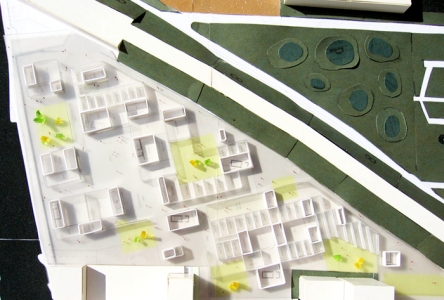 E7 Wien (AT) – Competition model, arrangement
E7 Wien (AT) – Competition model, arrangement 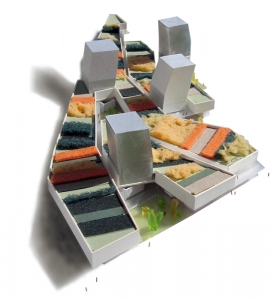 E7 Wien (AT) – Competition model
E7 Wien (AT) – Competition model
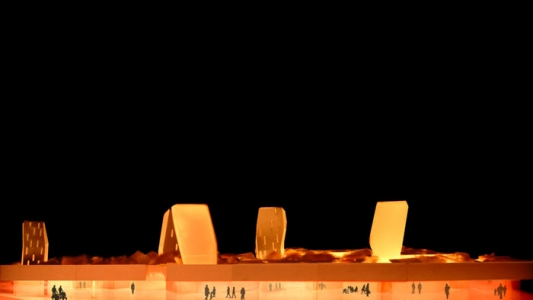 E7 Wien (AT) – Intermediate process model
E7 Wien (AT) – Intermediate process model
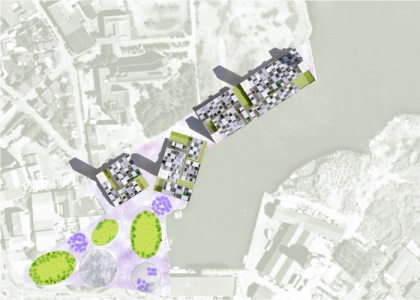 E8 Stavanger (NO) – Plan
E8 Stavanger (NO) – Plan
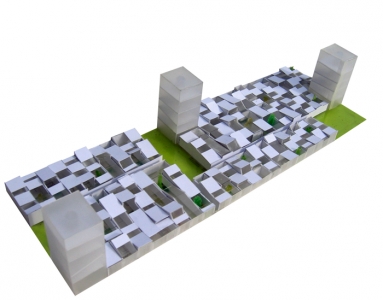 E8 Stavanger (NO) – Model
E8 Stavanger (NO) – Model
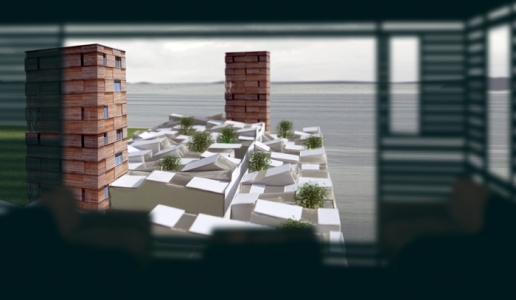 E8 Stavanger (NO) – Photomontage
E8 Stavanger (NO) – Photomontage
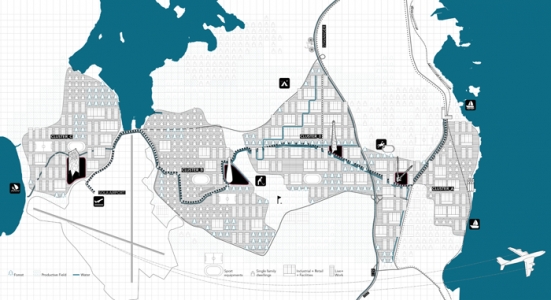 E13 Stavanger (NO) – Time frame for the process development
E13 Stavanger (NO) – Time frame for the process development
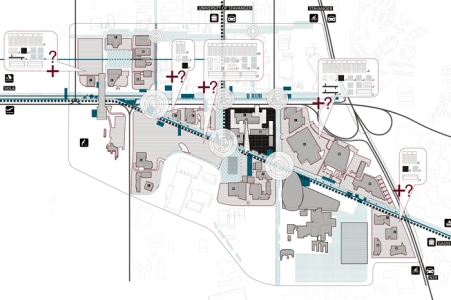 E13 Stavanger (NO) – The Forus hub
E13 Stavanger (NO) – The Forus hub
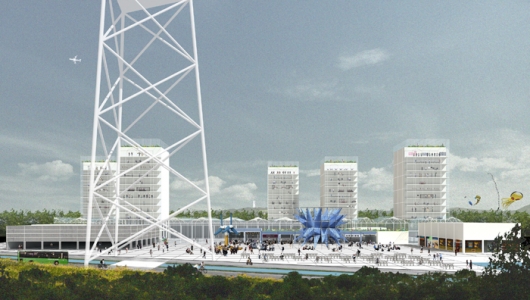 E13 Stavanger (NO) – 4+1 Architecture strategies
E13 Stavanger (NO) – 4+1 Architecture strategies 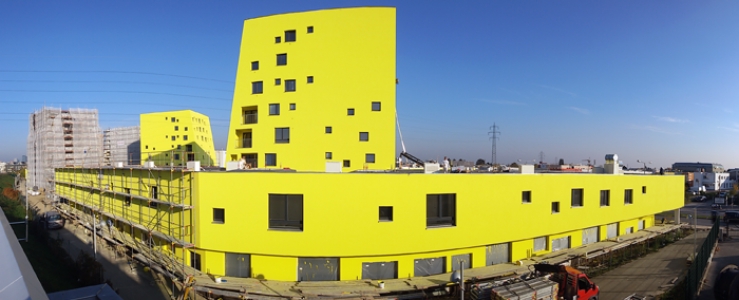 Wien (AT) – On site picture (05/11/2015)
Wien (AT) – On site picture (05/11/2015)
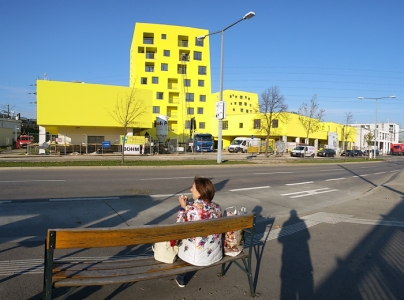 Wien (AT) – On site picture (05/11/2015)
Wien (AT) – On site picture (05/11/2015)
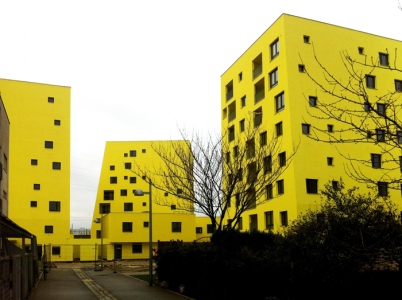 Wien (AT) – On site picture (08/03/2016)
Wien (AT) – On site picture (08/03/2016)
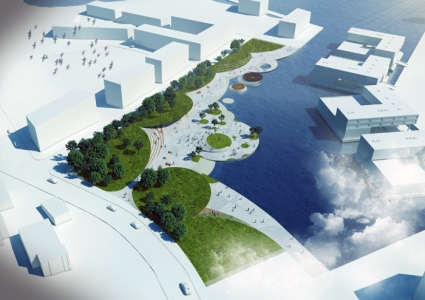 Stavanger (NO) – Aerial view
Stavanger (NO) – Aerial view
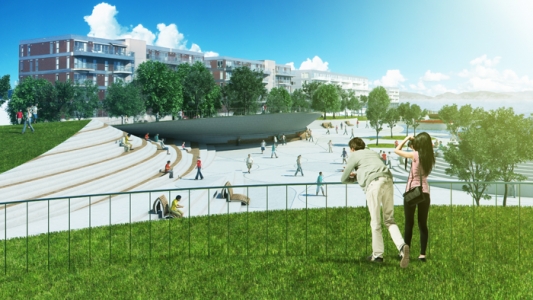 Stavanger (NO) – Overall view
Stavanger (NO) – Overall view
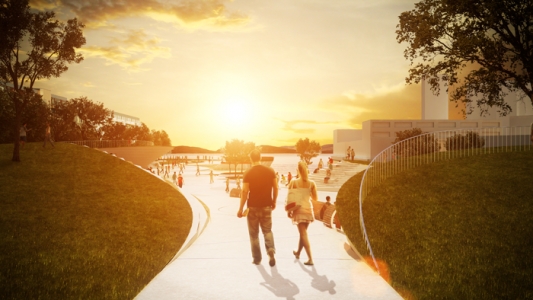 Stavanger (NO)– Park main entrance
Stavanger (NO)– Park main entrance
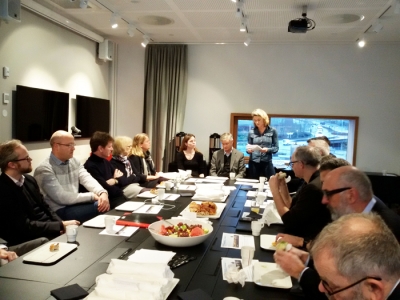 Stavanger (NO) – Municipality workshop.
Stavanger (NO) – Municipality workshop. 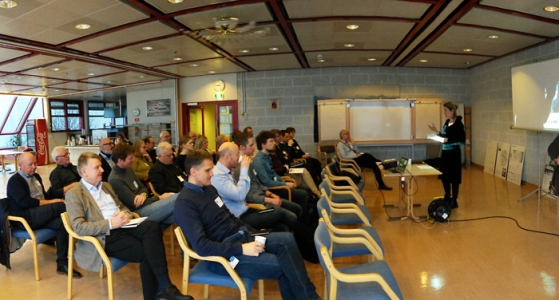 Stavanger (NO) – Municipality workshop.
Stavanger (NO) – Municipality workshop.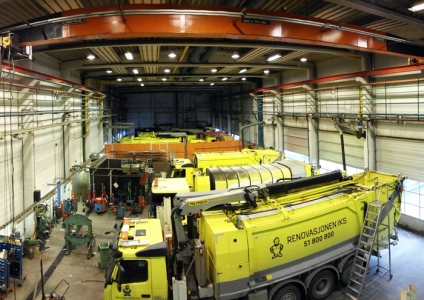 Stavanger (NO) – The future Forus Hub Factory
Stavanger (NO) – The future Forus Hub Factory
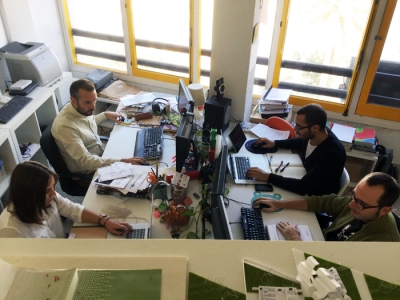 PLAYstudio at work for the E13 competition
PLAYstudio at work for the E13 competition
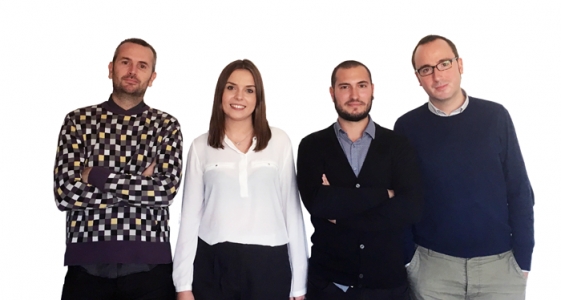 PLAYstudio for E13: Iván Capdevila, Simona
PLAYstudio for E13: Iván Capdevila, Simona  PLAYstudio office facing Alicante
PLAYstudio office facing Alicante
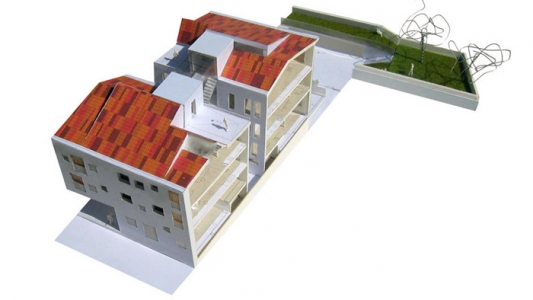 Castalla (ES) – General view
Castalla (ES) – General view
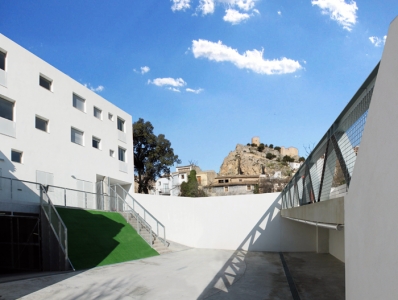 Castalla (ES) – Inner courtyard
Castalla (ES) – Inner courtyard
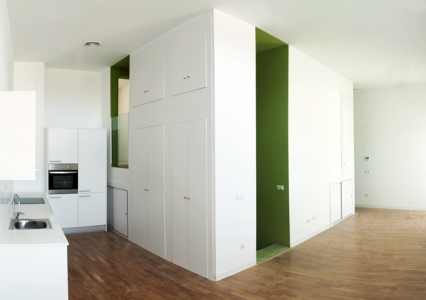 Castalla (ES) – Housing unit
Castalla (ES) – Housing unit
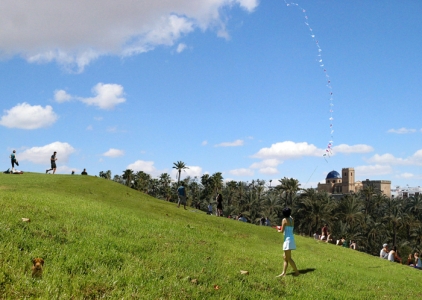 Elche (ES) – Gradient normalisation
Elche (ES) – Gradient normalisation
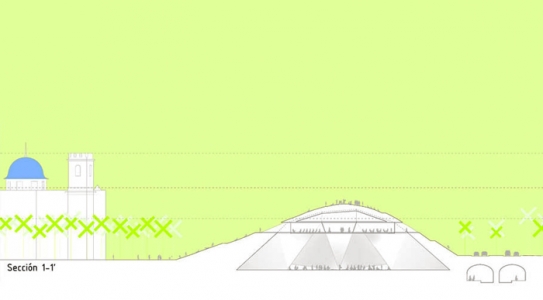 Elche (ES) – Section
Elche (ES) – Section
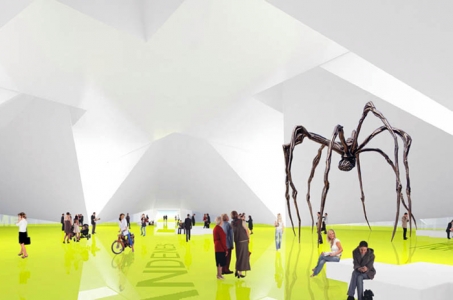 Elche (ES) – Inside the roofed plaza
Elche (ES) – Inside the roofed plaza
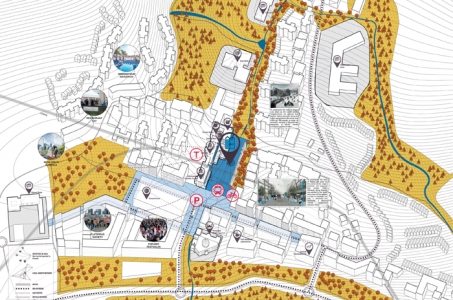 Oslo (NO) – New urban structure based on 2 axis
Oslo (NO) – New urban structure based on 2 axis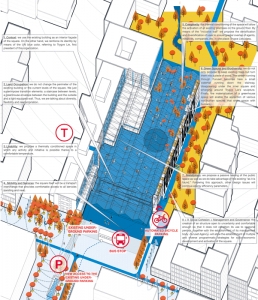 Oslo (NO) – Place making strategy
Oslo (NO) – Place making strategy
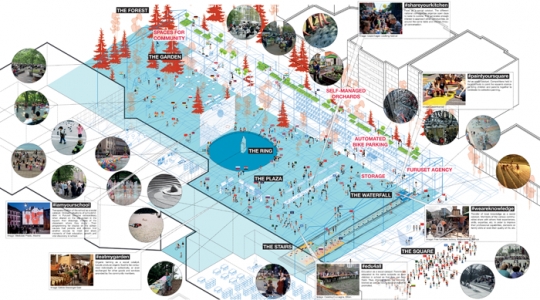 Oslo (NO) – Programming the public space
Oslo (NO) – Programming the public space
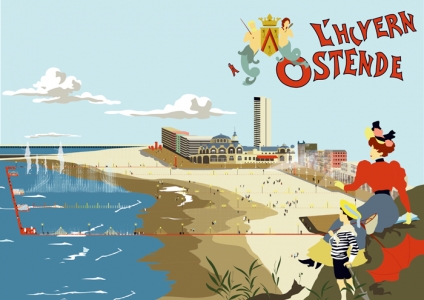 Oostende (BE) – New promenade in the sea
Oostende (BE) – New promenade in the sea
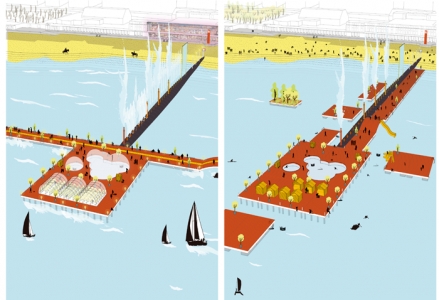 Oostende (BE) – Re-organisation according to
Oostende (BE) – Re-organisation according to 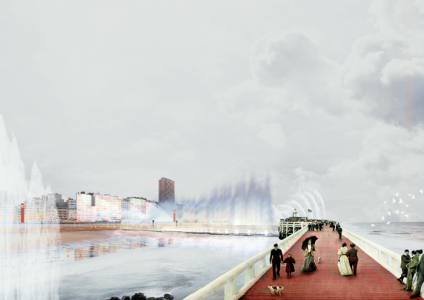 Oostende (BE) – A new touristic experience
Oostende (BE) – A new touristic experience